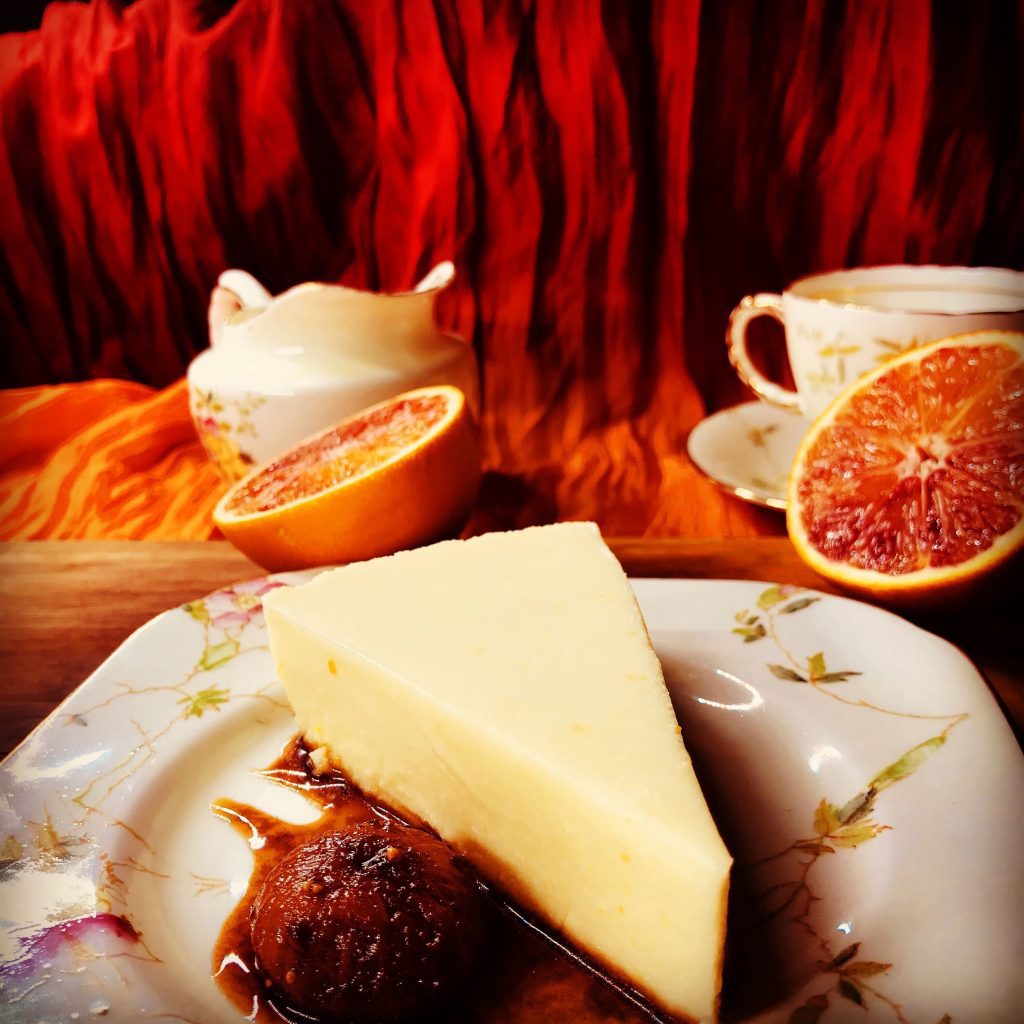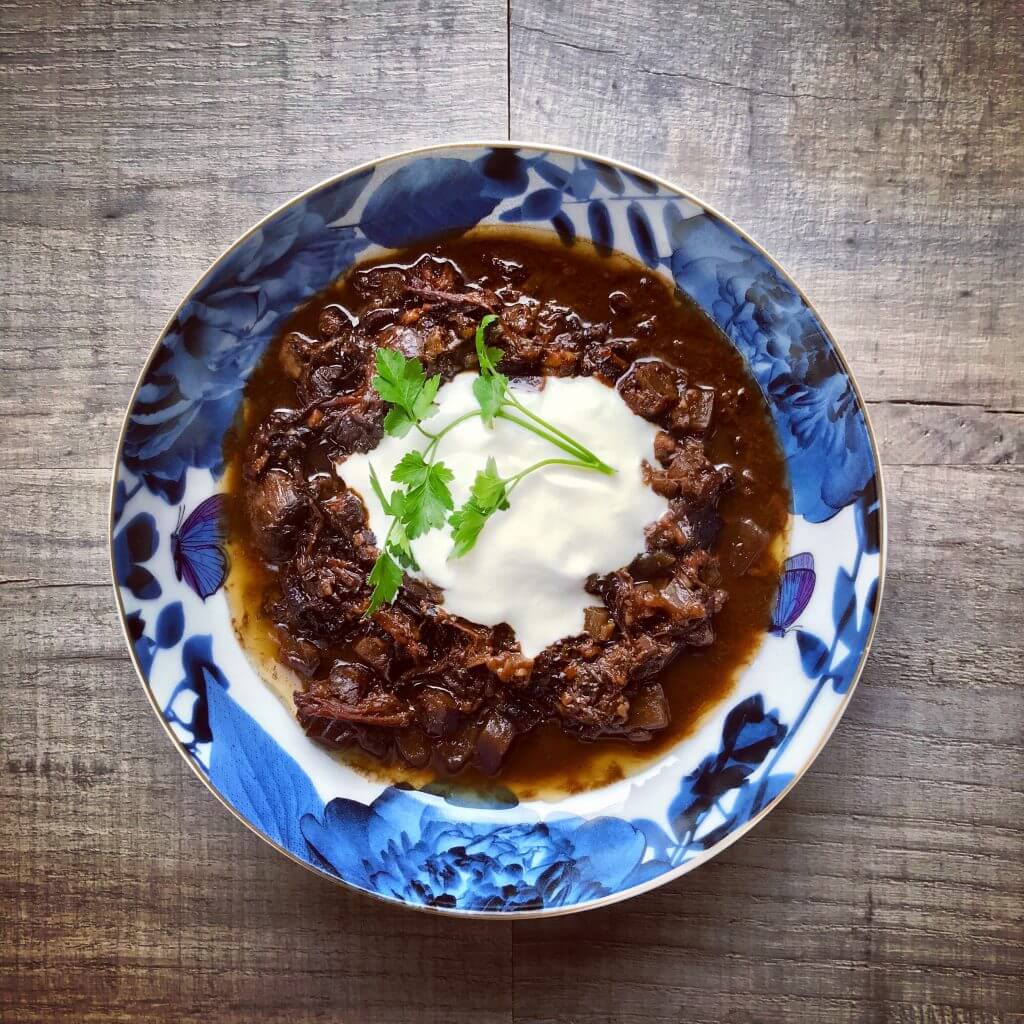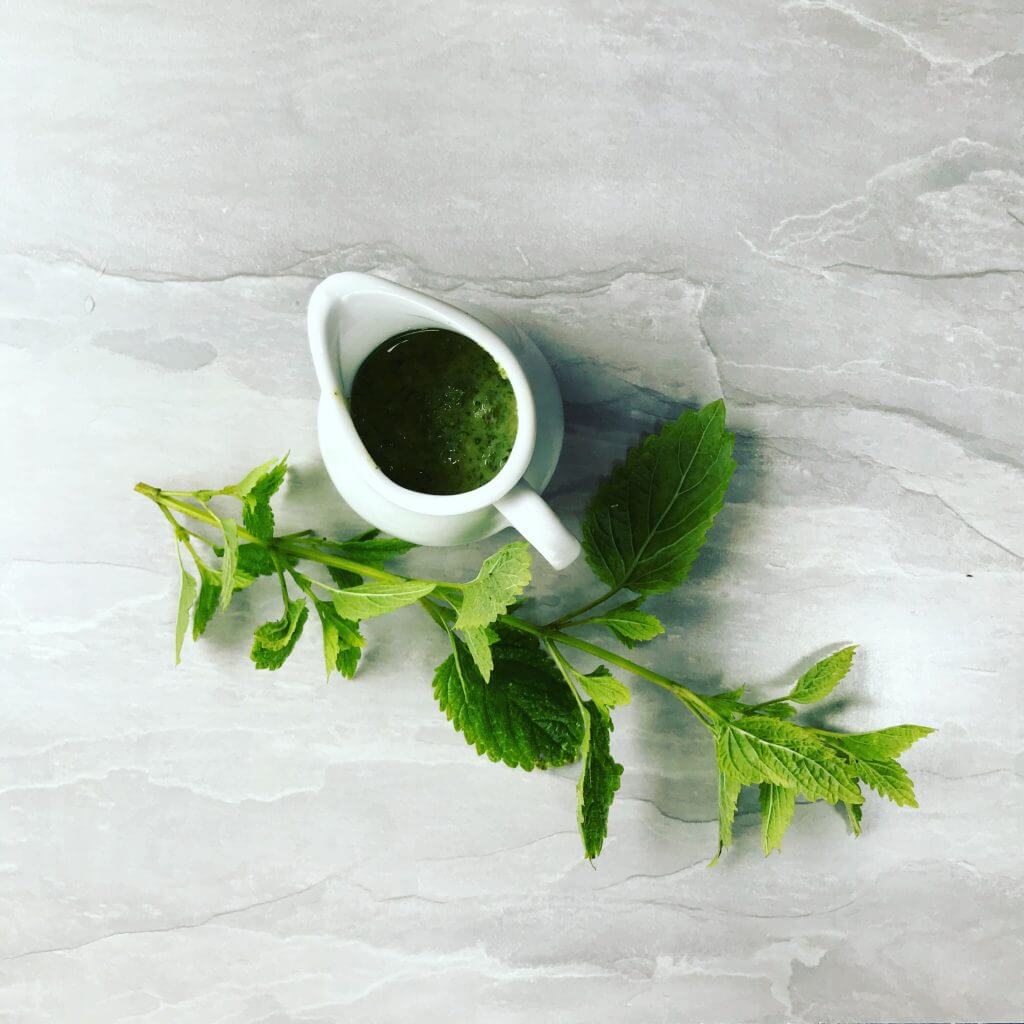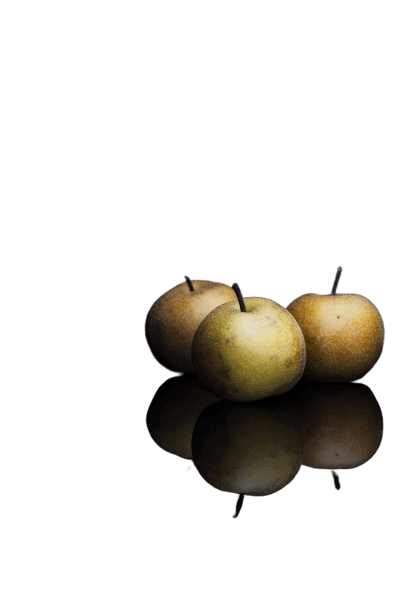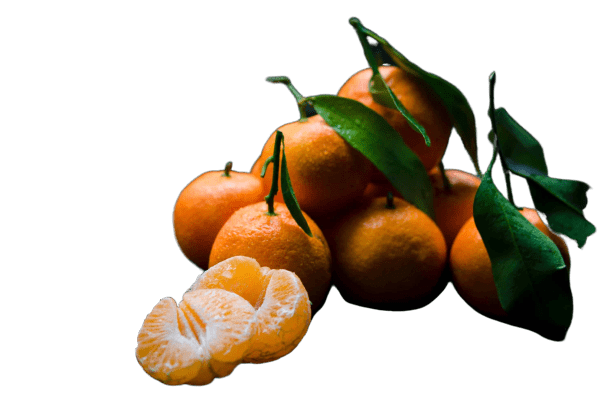Creamy rose and orange recipe for crustless cheesecake
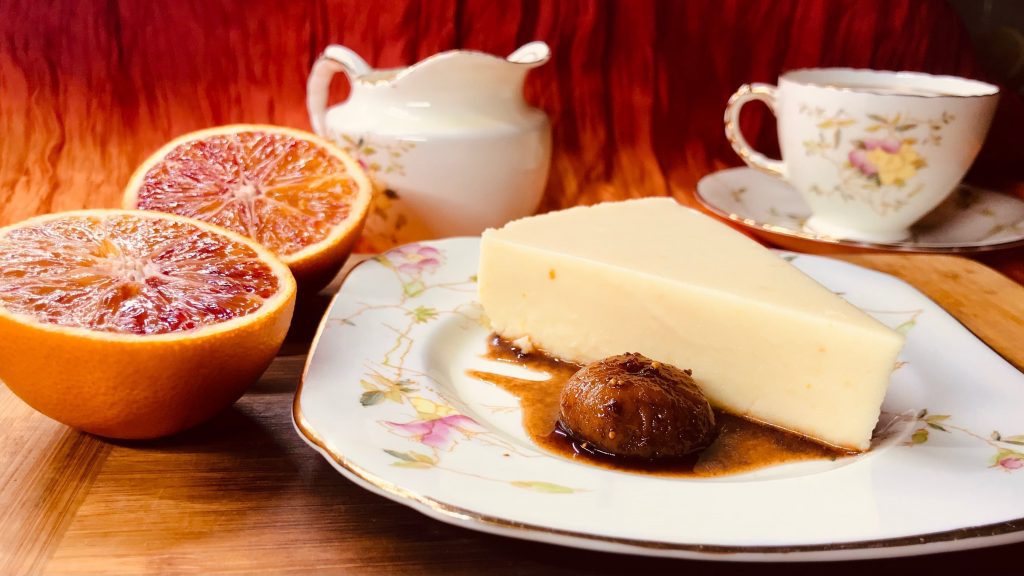
This could be the recipe for a crustless, no-bake cheesecake you never knew you needed. It’s also gluten, soy and egg-free. And if you’re looking for a recipe for crustless cheesecake that’s more exciting than plain vanilla or lemon cheesecake, this is the one for you. It’s safe to say this is one of the most delicious recipes I’ve developed.
Are roses an exotic culinary ingredient or a traditional food that’s fallen from favour?
Do you love the flavour of authentic Turkish Delight? When I was a little girl, I devoured the Complete Chronicles of Narnia. Perhaps like me, you were seduced by C. S. Lewis’ descriptions of Turkish Delight in The Lion, The Witch and The Wardrobe as Edmund was bewitched by the White Witch.
Rose petals have a long history of consistent use in the Middle East and North Africa. They’re key ingredients in spice blends like advieh and the sweet dessert halva from Persia, while Tunisia brings us rose harissa.
However, rose is no longer used often enough in western recipes. In medieval Europe, roses were used extensively in creating both savoury and sweet dishes. They found their way into fish and game dishes as well as pastries and cakes.
I have long had a thing about Middle Eastern spices, especially since visiting Egypt and Morocco. But I’m not sure that it wasn’t Philip Pullman’s influence that enticed me to use rose water in this recipe for a crustless cheesecake. His Dark Materials was another children’s book series I loved. So, of course, I’ve been reading about Lyra’s latest adventures in The Secret Commonwealth. And I was captivated by the mystical attar of roses.
I didn’t set out to make this recipe for crustless cheesecake into a homage to my favourite children’s books. But sometimes, things take on a life of their own.
Life after recovering from a dairy intolerance
I love being able to eat dairy again. Back in 2010, dairy was the first whole food I eliminated right at the start of my diet journey. And I cut it out for 3 years. I went paleo during those 3 years, so I was and still am on a strict gluten-free diet. And that meant that dessert became fruit salad. For 3 years. Nothing but fruit salad when I was eating out. I have nothing against fruit salad. It’s nice… delicious even. But it’s not chocolate, is it?
I was also off chocolate because I realised it was a mega acne trigger for me. And that was a definite trial for me at the time as well. You can find out how I learned that chocolate was an issue for me in this post.
After my three-year dairy hiatus, I tried reintroducing it. And what do you know? I tolerated dairy fine. Although when I brought it back in, I sought out raw, organic, whole milk that hadn’t been homogenised or pasteurised. And I found Culmore Organic Farm in Kilrea only a stone’s throw from where I grew up in Maghera.
The wonderful folks in Culmore farm also gave me some milk and water kefir grains, and I gave them a kombucha SCOBY. So I also started making my own kefir and still do that to this day. Not only that, but on occasion, I’ve been able to get raw, organic colostrum from them. Which has felt like a calming, cooling, healing balm for me at times when my stomach has been tied up in knots.
Here’s why you should try to use this live probiotic culture in your no-bake crustless cheesecake
These days, I also make my own yoghurt now that I have an Instant Pot. I use a Lactobacillus rhamnosus GG starter culture to make it as this particular microbe:
- reduces allergic manifestations (hay fever, asthma, hives),
- diminishes mast cell allergy-related activation,
- doesn’t produce D-lactate,
- and has numerous beneficial properties which help to reduce inflammation and improve digestion and food tolerance.
Plus, some research suggests a related strain, Lactobacillus rhamnosus GR-1, supports your body to eliminate heavy metals, which is crucial when you have gadolinium toxicity, as I do.
It’s easier than you might think to find a pure Lactobacillus rhamnosus GG starter.
If you want to have a go at making your own Lactobacillus rhamnosus GG yoghurt, you can use probiotic capsules as a starter. I use the Inessa brand in the UK. All you have to do is open the capsules and dump the contents of a few into the warm milk after you’ve boiled it and allowed it to cool sufficiently. It takes the microbes a few more hours to wake up and start making yoghurt the first time you do this. But then you can store some of this batch in a sterile jar to use as a starter for future lots.
Since reintroducing dairy, I’ve tried a couple of Whole 30s where I went squeaky clean paleo and cut dairy out again (although not since my poisoning with MRI contrast). I never noticed any difference in how I felt after removing or reintroducing dairy again during these 30 day periods. So I’m as confident that I can be that I’m ok with dairy. Hallelujah!
Now I appreciate every last bit of dairy in my diet.
The real reason this recipe for crustless cheesecake is missing a base
I wasn’t tested for coeliac disease while I was still eating wheat and other sources of gluten daily. But now I have something like a Crohn’s disease reaction if I even get a crumb of gluten in my mouth by accident, spit it out and wash my mouth out with water.
Then for the last year and a half, dairy has been the only non-autoimmune protocol (AIP) food I’ve consumed often. And while I’ve only included AIP-compliant foods, I’ve found that I have issues with many plants that are still considered safe on AIP.
This means that at the moment, I’m mostly eating a hypercarnivore, low carb or keto AIP diet. I don’t think I get away with foods like cassava, tapioca, coconut, tiger nut, arrowroot and other common AIP flours and gluten substitutes.
And I’m trying to determine my oxalate tolerance. There’s an excellent chance it’s a lot lower than I wish it to be. It turns out plants don’t want to be eaten all that much, and they produce a range of toxins to make themselves less appealing. These can cause a range of adverse health effects.
Fine. Whatever. Who needs cakes and buns anyway, right?
Who am I trying to kid? It would be nice to get away with just a little bit of a cookie or something for special occasions.
Who’d be up for a pork cheesecake base?
So that explains why this cheesecake recipe has no crust. I guess I could have experimented with plain, crushed pork rinds with no added salt. But making a cheesecake base from pork scratchings seems unlikely to work. Pork rinds and sugar? It just doesn’t sound right to me. But if you want to give it a whirl and get back to me, I’d love to hear how that goes. After all, bacon jam is a thing. And so is chocolate-covered pork rinds. Am I being too narrow-minded?
Or perhaps someday, I’ll decide to have a go at making a cheesecake crust out of pork rinds.
Anyway, knowing that dairy is very much a part of my diet, I decided to try throwing some of the flavours I love together to make a super-decadent cheesecake. But, of course, it’s still full of sugar, so I’m not going to pretend it’s healthy.
Don’t try to fool yourself that cheesecake can be a health food in the right circumstances - it’s not.
You and I would love it if the following measures counteracted the harmful effects of all the sugars, but they don’t:
- homemade yoghurt made with the probiotic culture Lactobacillus rhamnosus GG,
- whole-fat pastured dairy containing essential fat-soluble vitamins K2, retinol, and some vitamin D,
- pastured gelatin rich in glycine.
This recipe for crustless cheesecake is definitely only for special occasions and not for all days of the week ending in “y.”
But it is rich and creamy, like satin melting in your mouth. It’s tangy and soft. And it’s aromatic and complex without being offensively sweet.
You get a hint of rose scent, although most of the flavour notes are from the oranges.
Garden roses can smell as good as the distilled rosewater you buy in the shops.
I think the scent of roses is divine. In my garden, I grow an old Portland rose called Comte de Chambord. It has a true damask rose bouquet that is powerful and captivating. The blossoms are also beautiful shades of delicate pink. But, unfortunately, when it rains, the flowers tend to get rose ball disease and won’t open unless you peel off the outside petals. And it’s a magnet for sawfly larvae which descend and strip the leaves off every summer. So I’m trying to grow poached egg plants under them to attract predatory insects to take care of the caterpillars and greenfly.
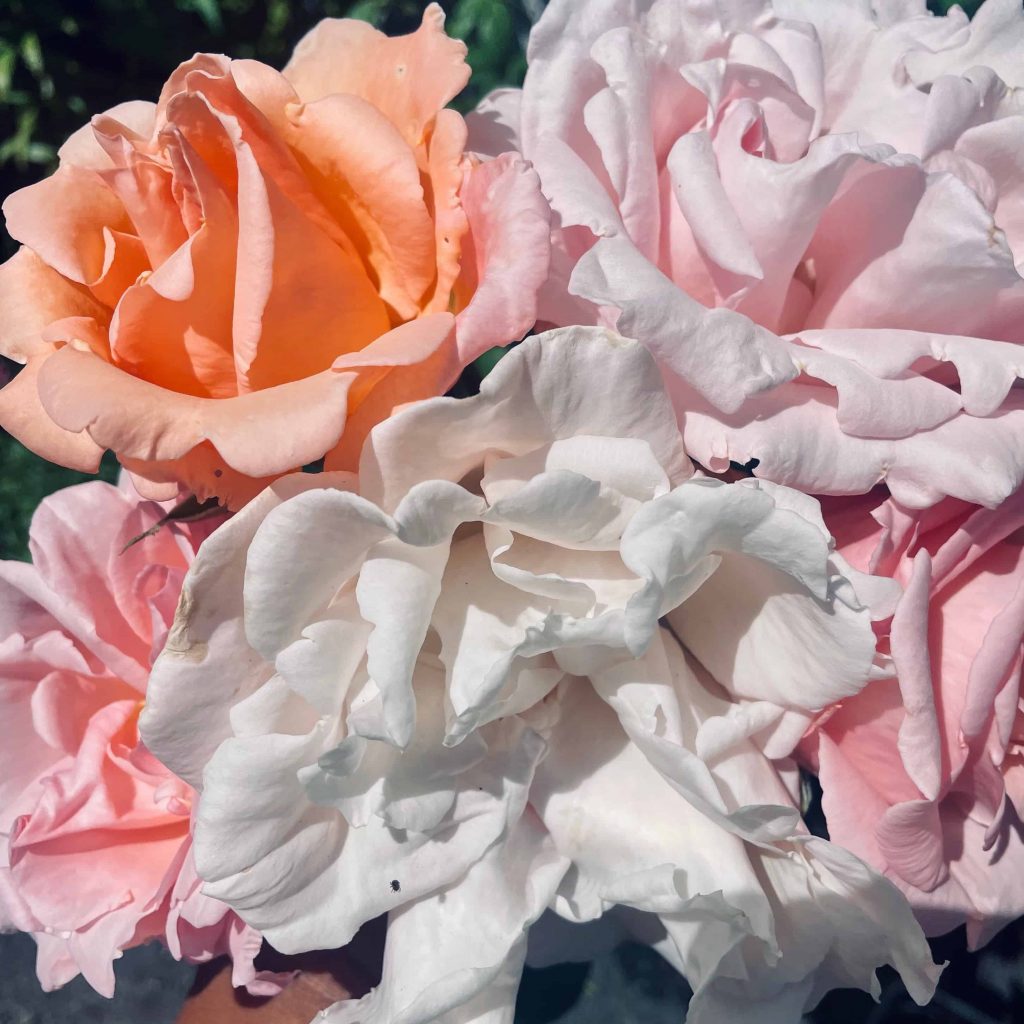
Then there’s the rose called compassion which is a robust and compact climber. Compassion has lovely, large pale pink flowers with a citrus scent. The aroma wafts several feet, so when I catch it nearby, I often stop and inhale. The blossoms look and smell like an excellent hybrid tea rose, and they grow in impressive clusters that start out apricot in colour and fade to pale pink. So you get a wonderful multicoloured effect on a single stem with roses of slightly differing ages.
Lorem ipsum dolor sit amet, consectetur adipiscinI also have a beautiful coral pink, scented hybrid tea rose called pink lady. She also smells heavenly but produces fewer flowers with only 1 bloom per stem. But they’re large and visually quite stunning.
g elit. Ut elit tellus, luctus nec ullamcorper mattis, pulvinar dapibus leo.
My plans for new rose bushes
This year, I’ve ordered bare roots of Madame Isaac Pereire and Madame Ernest Calvat, which are 2 old bourbon roses. They are famed for being 2 of the most strongly scented roses ever grown, if not THE most powerfully scented roses. Mme. Isaac Pereire is a darker pink than Mme. Ernest Calvat, but other than that, they’re the same plant.
And I’ve ordered a bare root of Madame Alfred Carrière. Although I’m regretting that because it’s supposed to be a colossal climber up to 20 feet. My house is tall enough. But I don’t like heights or climbing ladders. So I’m thinking that I got carried away with that order. All the bare roots should arrive in November. We’ll see how it goes.
How to save money on rosewater... kind of... not really.
You’re probably thinking, lovely but so what? My plan will be to make my own rosewater using roses that I’ve grown without any pesticides. It looks like distilling your own rosewater is pretty straightforward. I had visions of needing an insane amount of roses to make a few drops. Picture an entire bath full. Or better yet, a swimming pool full of rose blossoms. Not an Olympic sized pool, obviously. That would be ridiculous. Something more pedestrian like a 25 m pool. But it turns out you can make dinky vials of rosewater with only half a dozen strongly-scented roses.
And when you make it yourself, you know exactly what’s in there. Or, more importantly, what’s not there… like insecticides, fungicides, flavourings, or perfumes.
What else can you make with roses?
As I’ve already mentioned, rose petals are also edible and often used in Middle Eastern cooking, so I’d like to start using them and rosewater more frequently, even in savoury recipes. And roses have anti-inflammatory and antioxidant properties from all the polyphenols. Some of these are also found in other plants in the rose family, like strawberries, blackberries and raspberries.
And, of course, the rose has a long history of use in skincare. Bottles of rosewater make great gifts. You can also use rosewater to create skin lotions and potions. No prizes for guessing what my family and friends will be getting for Christmas and birthdays. Don’t worry, they’ll all have forgotten about this article by then. And even if they haven’t, they’re experts by this stage in sounding surprised and delighted when they open a homemade salve or bar or soap.
Why not add some of these for some Middle Eastern spice?
Back to this recipe for a crustless cheesecake. Since roses are such intoxicating edible flowers with an alluring scent, I like to accentuate the rose in the cheesecake by adding a couple of these little rose-scented figs on the side. Only 1 or 2 figs in their syrup are quite enough. You don’t want to overpower the cheesecake flavour. Or you can have the crustless cheesecake on its own.
Now that I’m growing some honeyberries, I’d also like to pair honeyberry with rose as I feel that flavour combo would be awesome. All being well, in the next few years, I should have plenty of both honeyberries and rose blossoms to experiment with. I’ll let you know how it goes.
Now on to the recipe for crustless cheesecake. All the ingredients are naturally gluten-free foods.
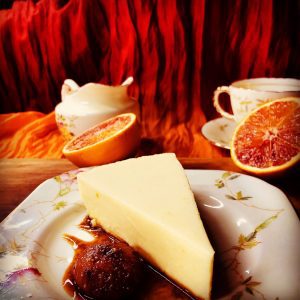
Orange and Rose Crustless No-Bake Cheesecake
Equipment
- Food processor or electric mixer
- Small saucepan
- Medium heatproof bowl
- 9 inch round springform pan
- Parchment paper
Ingredients
- 1 Tbsp butter For greasing
- 1 organic orange grated zest and juice
- 3 tsp powdered beef gelatin
- 24 ounces mascarpone or cream cheese softened
- ½ cup Demerara sugar
- ½ cup Greek yogurt or sour cream
- ¼ cup honey ideally orange blosson honey, but any honey will do (apart from Manuka)
- 1 Tbsp orange blossom water
- 2 tsp vanilla extract
- 2 Tbsp rosewater
Instructions
- Lightly grease a 9 inch round springform pan and line it with parchment paper (or silicon).
- Make sure all the dairy ingredients are at the same temperature. You can leave them at room temperature for an hour before you’re ready to start to facilitate this. Otherwise, the cheese can curdle.
- Heat the orange juice in a double boiler (or in a medium bowl set over a small saucepan containing some simmering water) until hot but not boiling. Then remove from the heat, sprinkle over the gelatin, use a fork to whisk through until dissolved. Set aside.
- Place the cheese in the bowl of an electric mixer or food processor and beat on low speed for 2-3 minutes until smooth and free of any lumps. Add sugar, honey, and Greek yogurt or sour cream and continue mixing until incorporated. Add the orange zest, orange blossom water, rosewater, vanilla extract, and gelatin with orange juice mixture. Beat until well incorporated.
- Pour the mixture into the pan and tap gently to remove any air bubbles.
- Cover and refrigerate for a minimum of 4 hours (or overnight).
- Loosen the cheesecake from the pan by running a thin metal spatula or knife around the inside rim. Unmold and transfer to a large plate.

